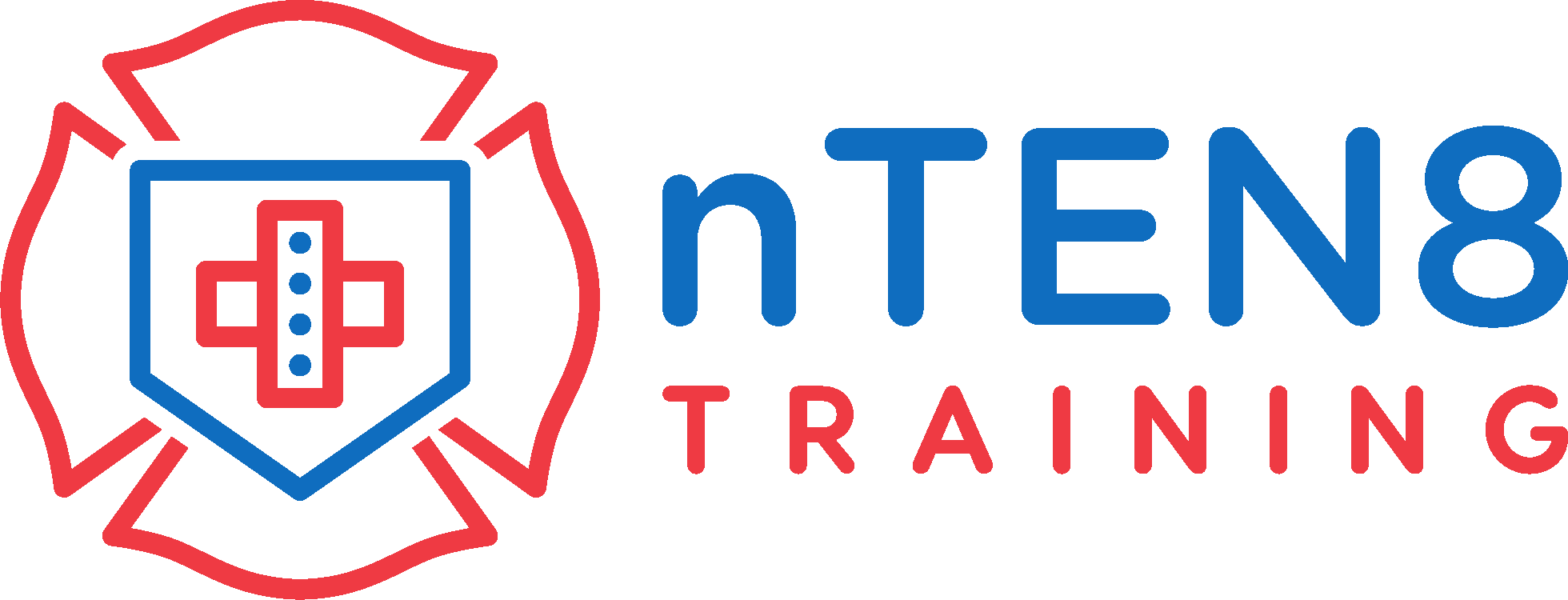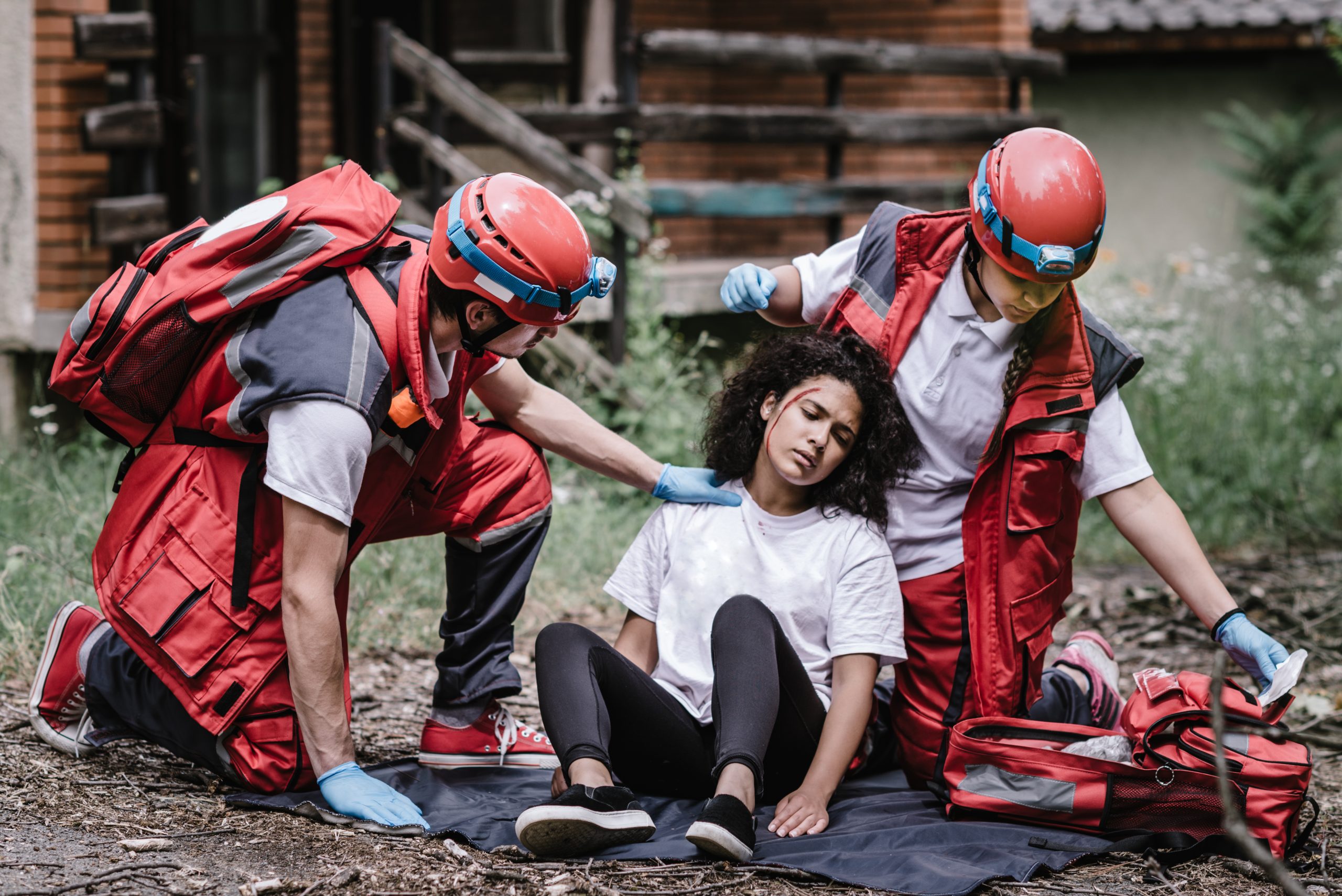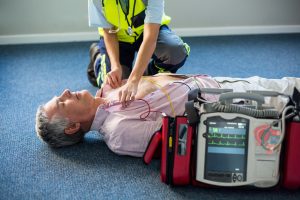In communities around the world, first aid training serves as a beacon of hope and empowerment, equipping individuals with the skills and knowledge needed to respond effectively to emergencies. From bustling urban centers to remote rural villages, the lifesaving power of first aid extends its reach, creating safer environments and fostering healthier futures for all.
Building Resilient Communities through First Aid Education
- Community Resilience: First aid training empowers communities to become more resilient in the face of adversity. By cultivating a culture of preparedness and proactive response, individuals can work together to mitigate the impact of emergencies and bounce back stronger in their aftermath.
- Inclusive Participation: First aid education promotes inclusivity and participation across diverse populations. Training programs tailored to specific cultural, linguistic, and socio-economic contexts ensure that everyone has access to life-saving skills, regardless of background or circumstances.
- Youth Empowerment: Engaging young people in first aid training not only equips them with valuable life skills but also empowers them to take an active role in shaping the health and well-being of their communities. Youth-led initiatives and peer-to-peer education initiatives amplify the reach and impact of first aid training, inspiring a new generation of compassionate leaders.
Collaborative Partnerships: Collaboration between government agencies, non-profit organizations, and private sector stakeholders strengthens the delivery and sustainability of first aid training initiatives. By pooling resources and expertise, partners can expand access to training opportunities, reach underserved populations, and build networks of support for emergency response.



